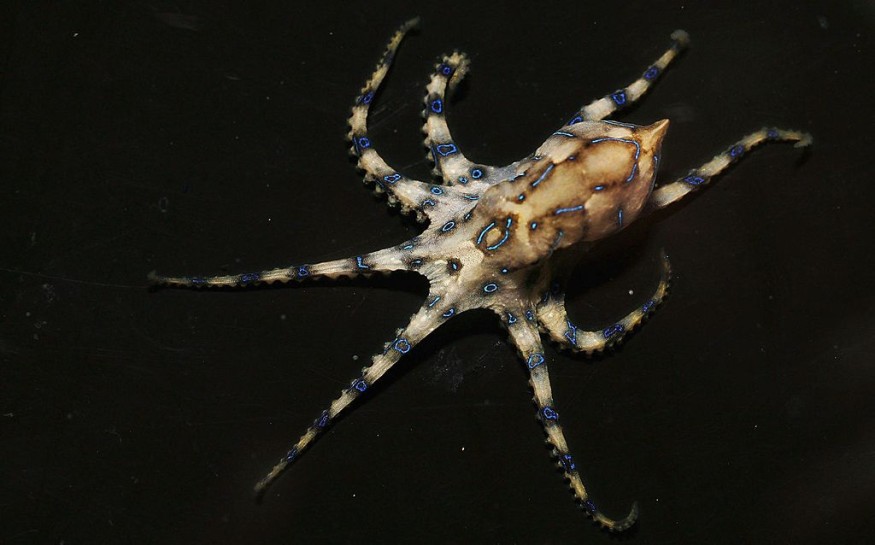
A Tiktok video of an Australian woman on a beach, holding one of the nation's deadliest animals, shocked onlookers and remarked "she's lucky to be alive."
The lady who was anonymous said that she was 'born and raised' Down Under, and shared the footage of her holding an octopus in her left hand.
It was unknown to her that the species was not any ordinary eight-legged sea creature, but one of the beach's most venomous. Followers quickly identified the animal as the blue-ringed octopus, which produces one of the most potent toxins on earth.
While she claimed that she didn't know what it was until half an hour later, an Australian new site says she's "lucky to be alive" after "cradling" a highly venomous species.
Often found hiding in rockpools, blue-ringed octopuses generally live in temperate southern waters of Australia, reefs and shallow water.
Getting to know a blue-ringed octopus
It is quite ironic that the blue-ringed octopuses, which are very deadly and venomous, are actually tiny, shy, and non-aggressive. When human contact with a blue-ringed octopus occurs, it is usually accidental.
The creature which got its name from its iridescent markings glows blue when they sense danger and secrete two types of venom to use against prey and predators, one can paralyze and the other is used for hunting crabs and shrimp, which it feeds on during the day.
"The venoms are secreted into the blue ringed octopus's saliva, but the mechanism for poisoning its victim is not well understood," according to MarineBio. "Either the venom is expelled in the saliva into the water or the octopus bites its prey or predator. Once the prey is dead, the octopus begins consuming it with their powerful beaklike mouth."
Physically, Mail Online quotes the description of blue-ringed octopuses as usually pale-brown and identifiable by the blue-lined patterns.
Also read : Predicting Disaster? Sea Turtle Swam For 47 Days After Sensing Devastating Volcanic Outburst
It is only when picked up that they 'bite' and 'inject'
As one of the most dangerous creatures in the sea, the species powerful venom has caused some human fatalities. Although non-violent, they usually respond by quickly darting for cover when encountered by humans.
"The octopus is likely to 'bite' and inject its paralysing venom if a person is to pick it up," the Australian Museum noted. "The bite may not be felt at first, but symptoms arise in minutes and include numbness of the lips and tongue, trouble breathing, followed by full paralysis of the breathing muscles.
"In the event of a suspected bite, individuals are urged to seek immediate medical attention." Accordind to the museum, rapid use of mouth-to-mouth resuscitation has saved lives of more than 10 documented bite victims.
As predators, the octopus primarily forages at night and preys mainly on crustaceans and fish. First, they use their beak or radula to create a wound in their prey into which they insert the paralysing saliva, which has extremely powerful venom produced by bacteria in their salivary glands.
Upon seeing the video, a commenter said: "You're lucky to still be here. Mind you they are pretty elusive ... most Aussies won't ever see one, but we all know not to touch."
© 2025 NatureWorldNews.com All rights reserved. Do not reproduce without permission.





